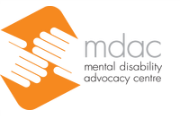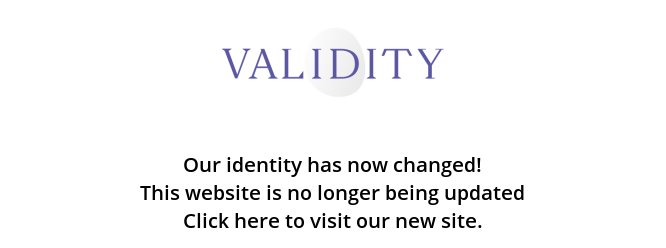8(F). Observation procedures
As noted above, the UN Special Rapporteur on Torture has called for an absolute ban on restraints and seclusions. This follows a trend in global psychiatry to reduce seclusion and restraint down to an absolute minimum. When the American Psychiatric Association introduced guidelines that all patients in seclusion had to be reviewed by senior psychiatrists at regular intervals, including through the night, the use of this restrictive measure decreased rapidly and significantly.89 Similar guidelines exist in the UK and other countries and, while designed to increase safety, they undoubtedly contribute to the reduction in the use of coercive interventions and greater respect for the dignity and autonomy of patients.
In large hospitals resident doctors should be on call at all times, and should be required to frequently review all those subjected to any coercive measures, their physical condition and safety. A requirement could also be made that the senior psychiatrist in charge of patient care be required to conduct additional reviews at regular intervals. The burden of assessment and administration would likely lead to a reduction in use and change the default options considered by clinical staff. In addition, guidance could stipulate that records be kept, automatically forwarded to independent monitoring bodies such as the Ombudsperson and made available to inspectors including NGOs upon request to ensure compliance. 89
89 K.A. Huckshorn KA, ‘Redesigning State mental health policy to prevent the use of seclusion and restraint’, (Administration and Policy in Mental Health and Mental Health Services Research, July 2006, Volume 33, Issue 4, pp. 482-491).


